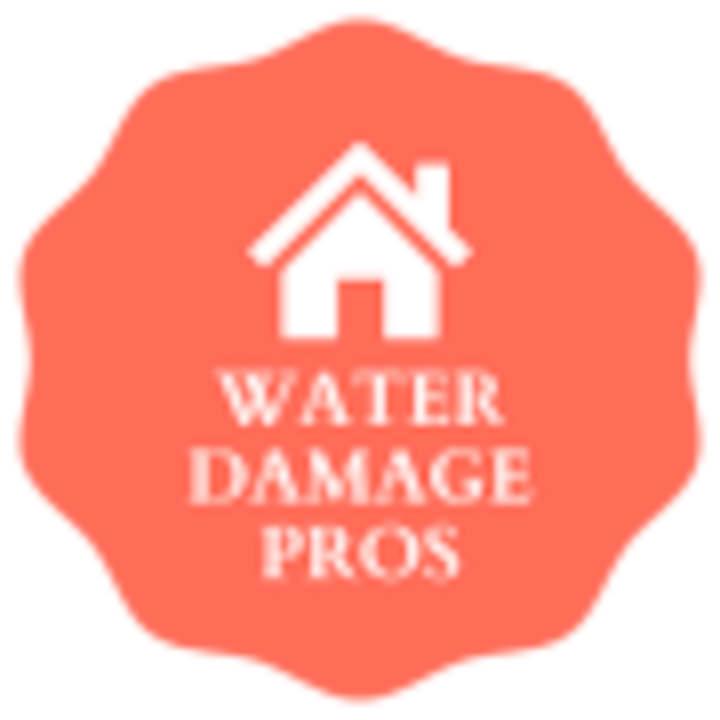Water Damage Restoration and Repair Services for Martinsburg Residents
Martinsburg residents can easily hire local water damage restoration and repair pros today to swiftly address any water-related issues in their homes. These professionals are equipped to handle a variety of situations, from burst pipes to flooding.What Is Water Damage Restoration?
Water damage restoration is the process of restoring a property that has been affected by water intrusion or flooding. This typically involves assessing the extent of the damage, removing excess water, drying the affected areas, and repairing or replacing damaged materials. Professional restoration companies use specialized equipment and techniques to efficiently restore properties to their pre-damaged condition.Water Damage Restoration Process
The process of restoring a property after water damage involves a series of specialized steps to mitigate the destruction caused by excess moisture.- Rapid response teams ensure immediate assistance.
- Advanced drying techniques prevent further harm.
- Expert assessment guides effective restoration.
- Compassionate support helps homeowners through the process.
Common Water Damage Repair Services
Water damage repair services commonly include:- Structural repairs
- Drywall repair
- Ceiling repair
- Floor repair
- HVAC repair
Structural Repairs
Structural repairs following water damage incidents are essential for restoring the integrity and safety of affected buildings. These repairs involve addressing any structural weaknesses, such as damaged foundations, walls, or support beams. Professionals assess the extent of the damage and implement the necessary repairs to ensure the building’s structural stability.Drywall Repair
When addressing water damage, one crucial aspect that often requires attention is the repair of damaged drywall. Water-damaged drywall can lead to structural issues and mold growth if not addressed promptly. Restoration professionals in Martinsburg offer drywall repair services to restore the integrity of walls affected by water damage. By addressing drywall damage early on, homeowners can prevent further complications and ensure a safe living environment.Ceiling Repair
To effectively address water damage in residential properties, professionals often provide specialized ceiling repair services to restore the affected areas. Ceiling repair may involve fixing water stains, sagging drywall, and addressing mold or mildew growth. Skilled technicians assess the extent of the damage, remove any compromised materials, and ensure the ceiling is properly restored to its pre-damaged condition. Prompt action is crucial to prevent further structural issues.Floor Repair
Floor repair after water damage typically involves several steps, including assessing the extent of the moisture intrusion, removing damaged materials, and restoring the flooring to its original condition. This process may include drying out the affected area, replacing any irreparable sections, and refinishing the floor to match its previous appearance. Professional restoration services can efficiently handle floor repair, ensuring that your home regains its pre-water damage state.HVAC Repair
After addressing floor repair, another common water damage repair service that Martinsburg residents may require is HVAC repair. Water damage can affect HVAC systems, leading to malfunctions or inefficiencies. Qualified technicians can assess the damage, repair, or replace components, and ensure the HVAC system operates effectively. Prompt HVAC repair is crucial to maintaining indoor air quality and preventing further water damage issues in Martinsburg homes.Cons of DIY Water Damage Repair and Restoration
When considering DIY water damage repair and restoration, individuals should be aware of the potential drawbacks. Professional services offer expertise and efficiency that may be lacking in DIY attempts. The following points highlight some common cons of choosing to tackle water damage repair on your own:- Risk of personal injury
- Incomplete restoration leading to further damage
- Lack of specialized equipment
- Potential for mold growth and health hazards
Connect with a Local Water Damage Repair and Restoration Expert Now
In situations of water damage, it’s crucial to consider the cons of attempting do-it-yourself repair and restoration before deciding to connect with a local water damage expert. DIY projects can lead to incomplete restoration, hidden damages being overlooked, and mightn’t meet safety standards.Get in Touch With Us
We want to hear from you about your water damage restoration needs. No water damage restoration problem in Martinsburg is too big or too small for our experienced team! Call us or fill out our form today!
